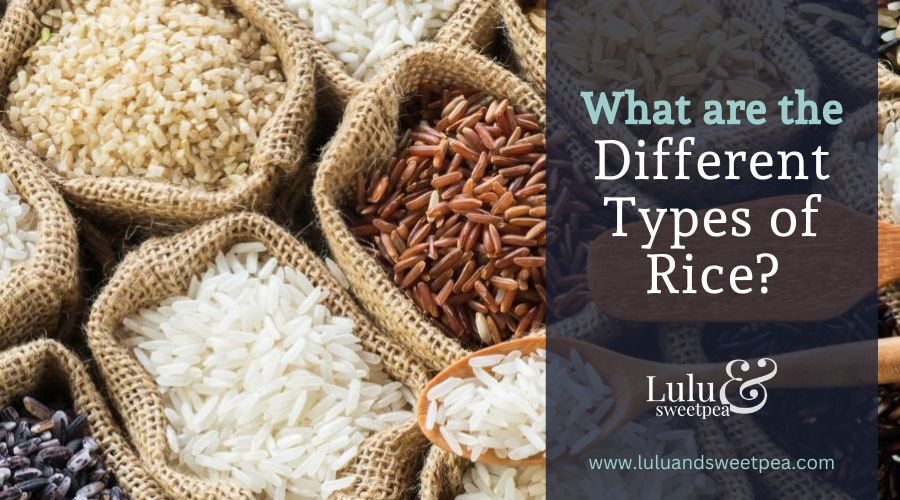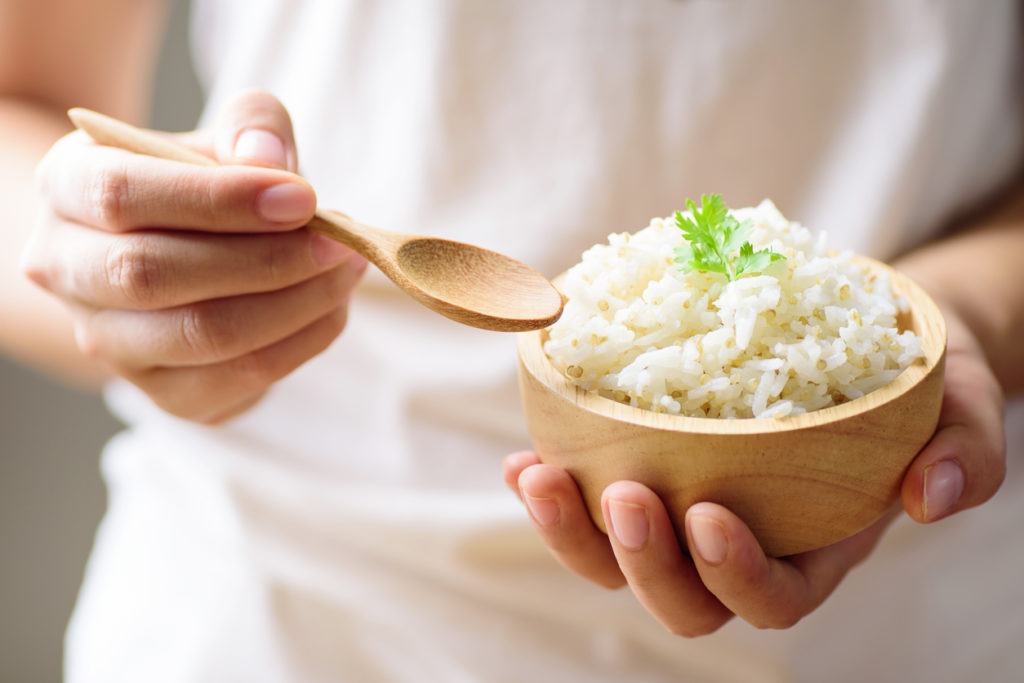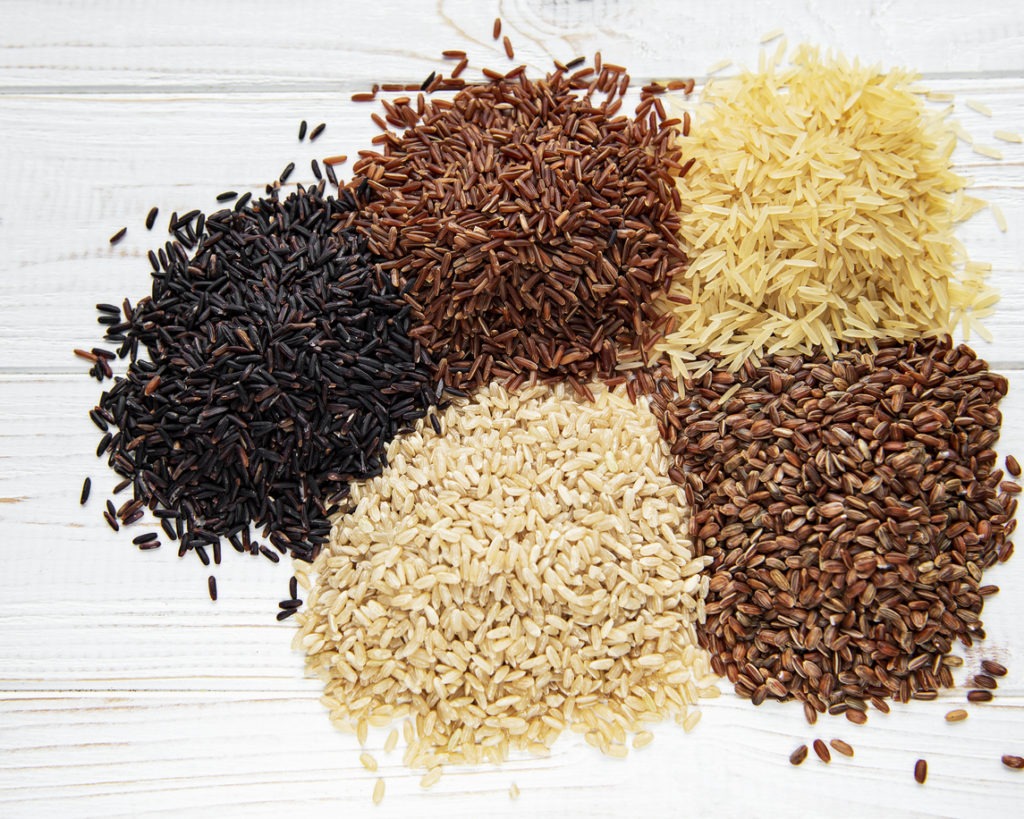Rice is a common ingredient in many dishes from throughout the world, but it is particularly prevalent in Asian and Indian cuisines. Rice, Oryza sativa, a popular edible seed, comes in a wide range of varieties. Long grain, short grain, and medium grain rice can be categorized into three fundamental types. The most nutrient-dense rice is often any that has the bran left on it.
Worldwide, there are three main types of rice: glutinous, japonica, and indica. Each of them has its typical distinctive qualities, such as their raw appearance, flavor, cooking characteristics, physical characteristics, and of course, their nutritional value. They are used differently in the table as well.
According to a visual capitalist, China, India, Indonesia, Bangladesh, Vietnam, Thailand, Myanmar, Philippines, Pakistan, and Brazil are the top producers of rice worldwide.1
What Are Rice’s Nutritional Benefits and How Does It Affect the Body?
Rice is essentially a one pot, one dish, nutrition-packed food. With just one grain variety, you can satisfy all of your daily nutritional requirements. By far the healthiest and only naturally gluten-free food that will make you feel full after a meal is rice.
The body may obtain energy from the primary elements in rice, which are 77% carbs and 7% protein. It also has a variety of nutrients, including dietary fiber, calcium, iron, thiamin, and folate. Additionally, its calorie content is not excessive in comparison to other foods.
Carbohydrates, the body’s major fuel source, are abundant in rice. Calories from carbohydrates give the body the energy it needs to function and support other processes. It is crucial for supplying activity because it can keep you satisfied and energized. To function effectively, the kidneys, the brain, the central nervous system, and the muscles require carbs.
We require proteins in our diets to support immune system health and growth. Consuming an adequate amount of protein, like in rice, is crucial to maximizing muscle growth because protein is the building component of muscular tissue. Additionally, they contribute significantly to the production of vital hormones and enzymes as well as the production of energy.
A nutritious diet should include enough of dietary fiber; rice is a good source of it. It is essential for preserving healthy digestion and reducing the chance of developing chronic illnesses. Soluble and insoluble fibers are both types of dietary fiber. By altering how the body absorbs dietary fat and cholesterol and reducing the absorption of extra carbohydrates after digestion, soluble fiber lowers blood levels of LDL cholesterol. This can help to regulate blood sugar levels. Whereas insoluble fiber helps prevent constipation.
Rice has 10mg of calcium. 99% of the body’s calcium is found in the bones and teeth, which are necessary for the development and maintenance of strong bones. Because it relaxes the smooth muscle that surrounds blood vessels and controls muscle contraction, it affects both cardiovascular and muscle movement. Additionally, it is particularly important for blood coagulation, nerve impulse, heartbeat regulation, and fluid balance within cells.
The body benefits from iron in several ways. It facilitates the distribution of oxygen throughout the body from the lungs. It also makes up other proteins in our body that help with the development of healthy connective tissue, neurological function, and other aspects of muscle metabolism. Rice contains 0.2 milligrams of iron.
One of the water-soluble B vitamins is called thiamin (or thiamine). It is also referred to as vitamin B1, and it has advantages in preventing difficulties with the neurological system, muscular system, digestive system and cardiovascular system. Electrolyte transport to and from the muscles and nerve cells is also controlled by it. Humans who experience a minor thiamin shortage experience weight loss, irritability, tingling, impaired vision, confusion, nausea, and/or vomiting.
Folate, often known as vitamin B9, is the collective name for a class of water-soluble b-vitamins. It creates Red Blood Cells and aids in DNA synthesis and repair. Lack of folate can cause exhaustion, issues with growth, and mouth sores.
Meanwhile, certain rice cultivars include additional nutrients.
What Are the Three Varieties of Rice?
1. Glutinous Rice
Glutinous rice, also known as Oryza sativa glutinosa, is any variety of rice that has been developed to be especially sticky and dense and has a starch composition that is rich in amylopectin and low in amylose. This gluten-free rice variety has been consumed in various forms across Asia for more than a millennium.
Glutinous rice includes Hiyokumochi, Kitayukimochi, Pulut Malaysia, Pulut Siding, Tapol, to name a few.
Royal bibingka, sticky rice balls with peanuts, tikoy, sushi, samgyetang, and carioca are just a few dishes that may be cooked with glutinous rice.
2. Japonica Rice
One of the two primary domestic types of Asian rice varieties is termed sinica rice and is scientifically known as Japonica rice (Oryza sativa subsp. japonica). Its grains are short, fatty, roughly rounded, and do not break easily. It often has a white appearance and a gentle aroma.
Japonica rice comes in different varieties like the non-glutinous Akebono and Akitakomachi, the aromatic Haginokaori, the red type Akamuro and Benisarasa and the black Asamurasaki and Murasakinomai, and among others.
The great variety of rice dishes derived from Japonica rice includes onigiri, kamameshi, donburi, and ikuradon.
3. Indica Rice
The scientific term for indica rice is Oryza sativa subsp. Short to long, slender, flat, and solid grains characterize indica. The cooked kernels are fragrant, easily split, and fluffy. Jasmin, sona masuri, and basmati are known to be a variety of indica rice.
Many different rice dishes, such as paella, jambalaya, and Yangzhou fried rice, can be made with indica rice.
Conclusion
Since there are so many different types and breeds of rice in the globe, while choosing one, be sure to consider factors like how simple it is to prepare, how economical and accessible it is, and how adaptable it is.


